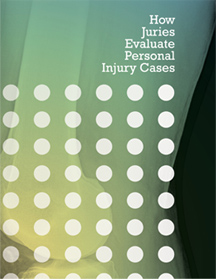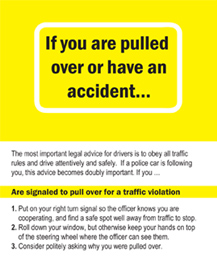The 4 case factors that most influence juries
Juries tend to be most influenced by four major factors or considerations:
- The extent of fault and intentionality of the defendant’s conduct compared to the responsibility and personal accountability of the plaintiff in causing or allowing the harm. Greater culpability of the defendant leads to greater assessment of damages. This linkage is both intuitive and confirmed by half a century of research results.
- The influence of preexisting beliefs, attitudes and life experiences of the jurors relating to the damage issues.
- The perceived worthiness and trustworthiness of the recipients of verdict money. This means that parents recovering on behalf of children are scrutinized. Also, even more commonly, plaintiffs’ lawyers are weighed in the evaluation.
- What good the verdict money can truly accomplish, and the hopefulness of that cause.
Jurors start forming a story of what happened and why as soon as they start receiving information about the case. Furthermore, jurors tend to reason deductively (deciding who deserves to win and then filtering back to what happened) more than inductively (determining what happened and therefore who deserves to win).
Also, jurors, like people generally, tend to filter and interpret subsequent information with a “belief perseverance bias.” That is, once jurors have adopted a belief, or one side’s story, they tend to hold onto it despite later introduction of conflicting or even contradictory evidence.
Putting all of this together, experienced plaintiff’s lawyers know that they have to encourage prospective jurors to disclose their beliefs, attitudes and life experiences that will negatively affect their case deliberations, but they have to draw out those negative juror viewpoints while simultaneously presenting their case, their clients, and themselves in a positive light.
Encouraging the worst jurors to talk about how biased they are by frivolous plaintiff cases will do no good if a plaintiff’s lawyer convinces the remaining jurors in the process that this must be a frivolous plaintiff case. Plaintiff’s lawyers have competing goals. They have to make it safe for bad jurors to talk about bias without seriously undermining the other jurors’ view of their case in the process.
As a result, a carefully balanced approach to the trial is imperative for plaintiff’s lawyers.



